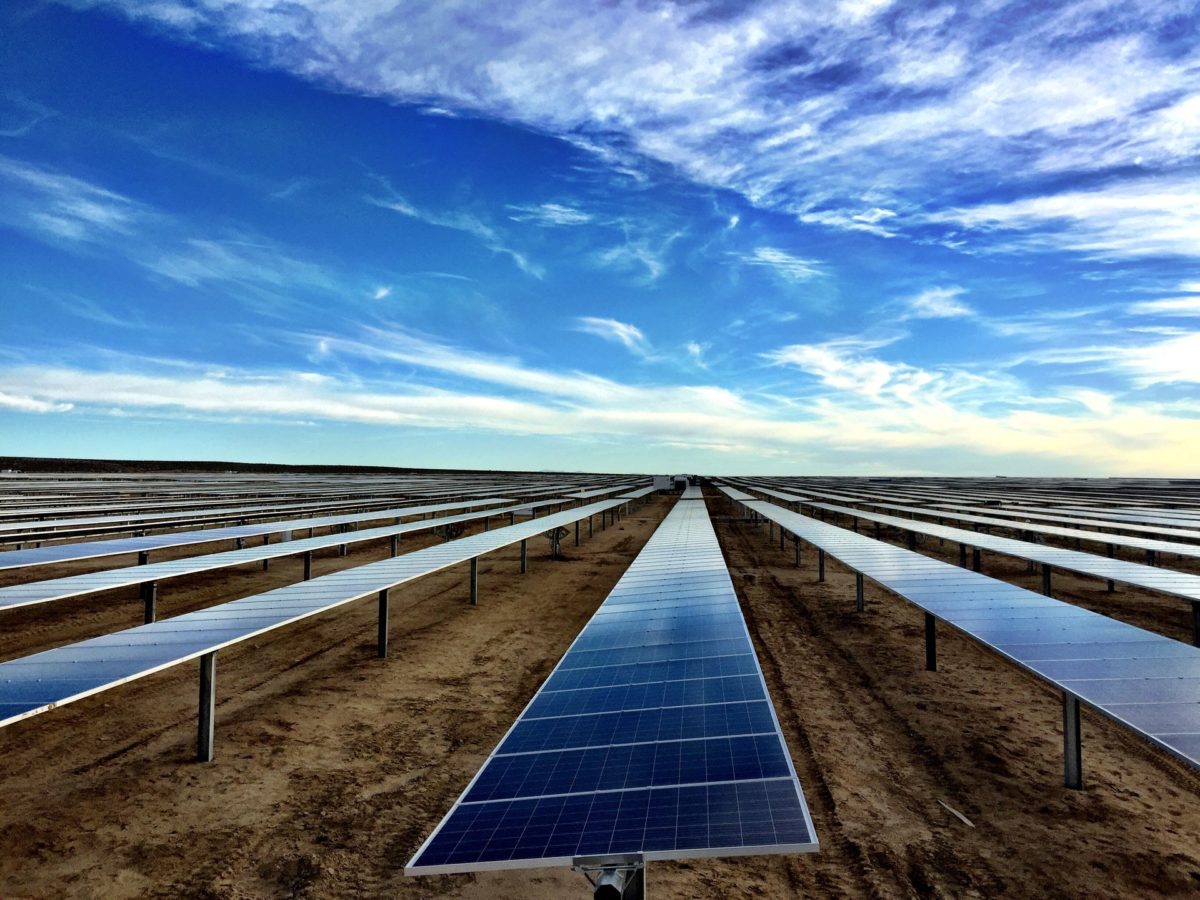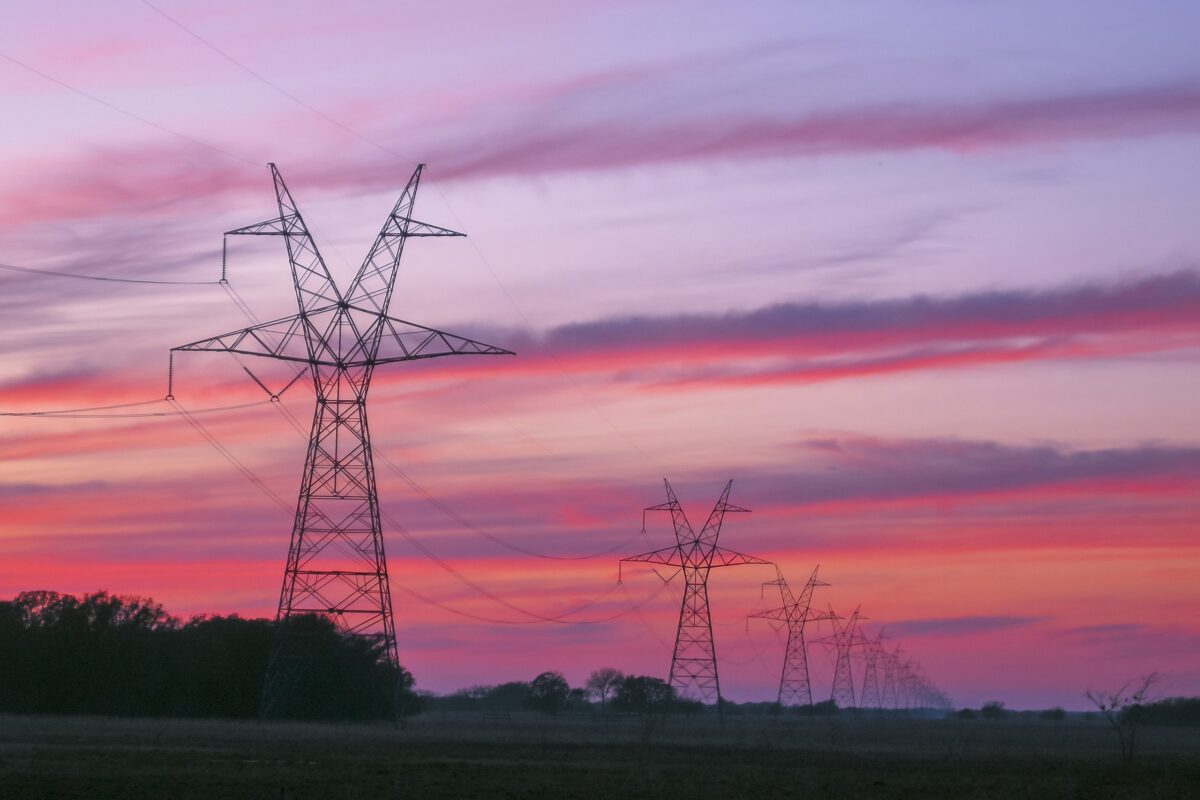NextEra suggested wind+solar+storage was the next big thing in its 21 GW portfolio, and its 2019 Investor Day Presentation shows the money is where the mouth is. Back in February we got to see a project of this nature (300 MW of wind, 50 MWac of solar, and 30 MW / 120 MWh of energy storage) for the first time in the utility scale space.
Now its time for NextEra to blow their doors off, and stand on it, son as this technique might just be the Holy Grail.
On Tuesday, Western Farmers Electric Cooperative (WFEC) announced it has entered into a power purchase agreement with a subsidiary of NextEra Energy Resources (pdf) for the largest combined wind, solar and energy storage project in the United States (pdf) – located in northwest corner of Garfield County and southeast corner of Alfalfa County.
The project will come online in two phases:
- Skeleton Creek Wind (previously announced) – 250 megawatts (MW) of wind energy,
expected to begin operations by the end of 2019 - Skeleton Creek Solar – 250 MW of solar energy, expected to begin operations by the
end of 2023 - Skeleton Creek Storage – 200 MW, 4-hour battery energy storage project, expected to
begin operations by the end of 2023
WFEC notes that when these projects complete, their total name capacity will be 3.5 GW, with 521 MW of solar generation, 955 MW of wind generation and 270 MW of hydroelectric generation.
The Skeleton Creek combined project is expected to generate about 1.8 million megawatt hours of electricity annually – suggested a mixed AC capacity factor of 41.1%. No public documents were able to be found for the solar power DC system sizing, nor hardware specifications (tracking, bifacial, how the energy storage is connected, etc).
Oklahoma is in the territory of the Southwest Power Pool, and the grid operator’s project queue lists a 250 MW wind and a 250 MW solar project, not yet connected, in Garfield County, Oklahoma that are connecting to the Woodring 345kV power line. There is also a 52 MW battery in the same queue on the same power line. All three projects have a proposed in service date of 12/31/2020.
The $300 million dollar wind farm will be comprised of “about” 90 GE wind turbines, and is under construction in the northwest corner of Garfield County and southeast corner of Alfalfa County. The project will generate more than $54 million in property taxes, and pay $57 million to participating landowners over the 30-year life span of the project, according to NextEra. NextEra Communications Specialist Roxanne Reyes told pv magazine that the project will create 200 to 300 jobs during construction and six to 10 permanent, operational jobs through the life span of the wind farm.
Local coverage by the Enid News & Eagle stated that repowering of the wind facility after thirty years has already been talked about. NextEra Energy spokesman Bryan Garner said:
Our preference is always to operate these projects and have them continue beyond 30 years, and we’ve done that in several places across the country and in Oklahoma with newer technology to extend the life of the project, (and to) extend the economic benefits in these communities.
And it might be time to reconsider one of this author’s favorite studies – that wind+solar+12 hours of nationwide energy storage (without additional transmission) can get the United States of America to 80% wind and solar power. This matters because, generally, wind and solar are complementary energy generation sources on a seasonal as well, generally, a day to day basis in the Northern Hemisphere.
For the first time in this article, we calculated a “combined” capacity factor of the facility as a whole versus the wind or solar on its own. Of course, wind in Oklahoma has a capacity factor reaching toward 50%, and solar in that region isn’t the 30% plus in the southwest, but combined – a respectable 41% that has 800 MWh of energy storage to smooth out these two intermittent sources and that’s something that ought lower the blood pressure of those who have to manage the power grid.
This content is protected by copyright and may not be reused. If you want to cooperate with us and would like to reuse some of our content, please contact: editors@pv-magazine.com.










Why not put in the big GE helix 12MW wind turbines with a couple of hundred acres of redox flow battery energy storage? It’s time to prove the value of redox flow batteries for utility energy storage.
As the article states, getting the energy storage to the 12 hour range would take care of most of the country’s energy needs. When the very large redox battery systems begin to roll out, economies of scale will drop the adoption of energy dense lithium ion storage only, to the larger ion exchange energy storage products. Two tanks of 88 million gallons for each redox ion for around 10GW of storage would fit in with a wind farm that covers several hundred to several thousand acres.